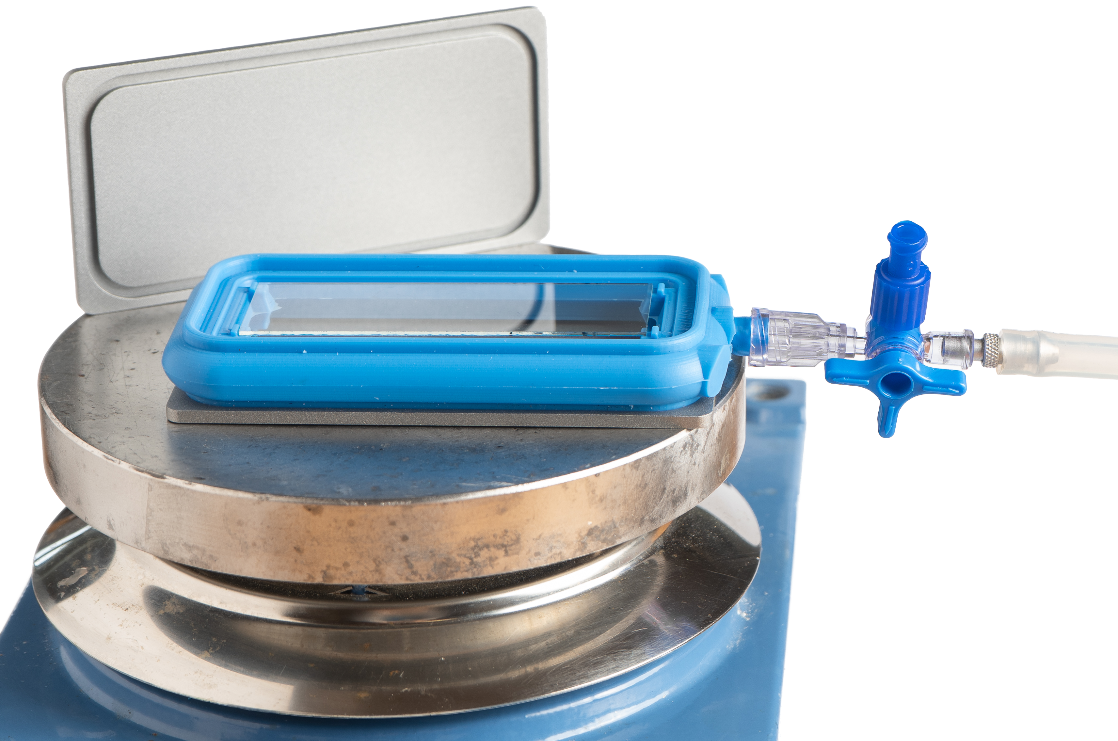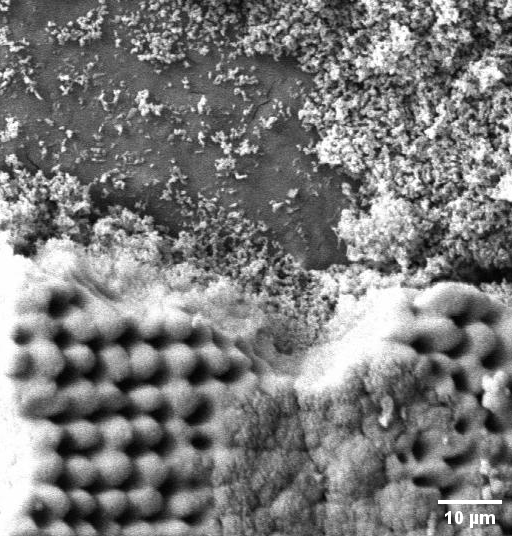
VariPrep is your solution for MALDI Matrix Application:
- 5x faster than your common glass sublimator: sample preparation in as little as 2 minutes!
- robust and comparable results by easy workflow adaptation
- simplicity for all levels of experience enables operator flexibility
- free trial for riskless evaluation
Stay tuned for new products and updates by subscribing to our newsletter below!
Life science research needs to improve participation and effectiveness!
Methods in analytical laboratories often require a variet of tools and chemicals. For a variety of niche applications, there has been a demonstration of a way a particular step can be done. Yet the pursuit often stopped before optimization. This also applies to MALDI-MSI sample preparation. MALDI-MSI is a key technology on the verge of personalized medicine. In our opinion, there are perceived limits which have to be overcome for unfolding this technologys potential.
We aim to make research more affordable in terms of investment, training and workforce to boost its democratization.

Christian - Founder
Electronics and crafting have been my creative tools since youth. Living, multifaceted technology suits me, which is why I decided to study Biology and Sustainable Process Engineering and Biotechnology. I then started my professional life as a certified software tester in medical imaging and subsequently worked as a research assistant in the field of chemical analysis. I applied my motivation for solution development to custom challenges in the life science environment.

